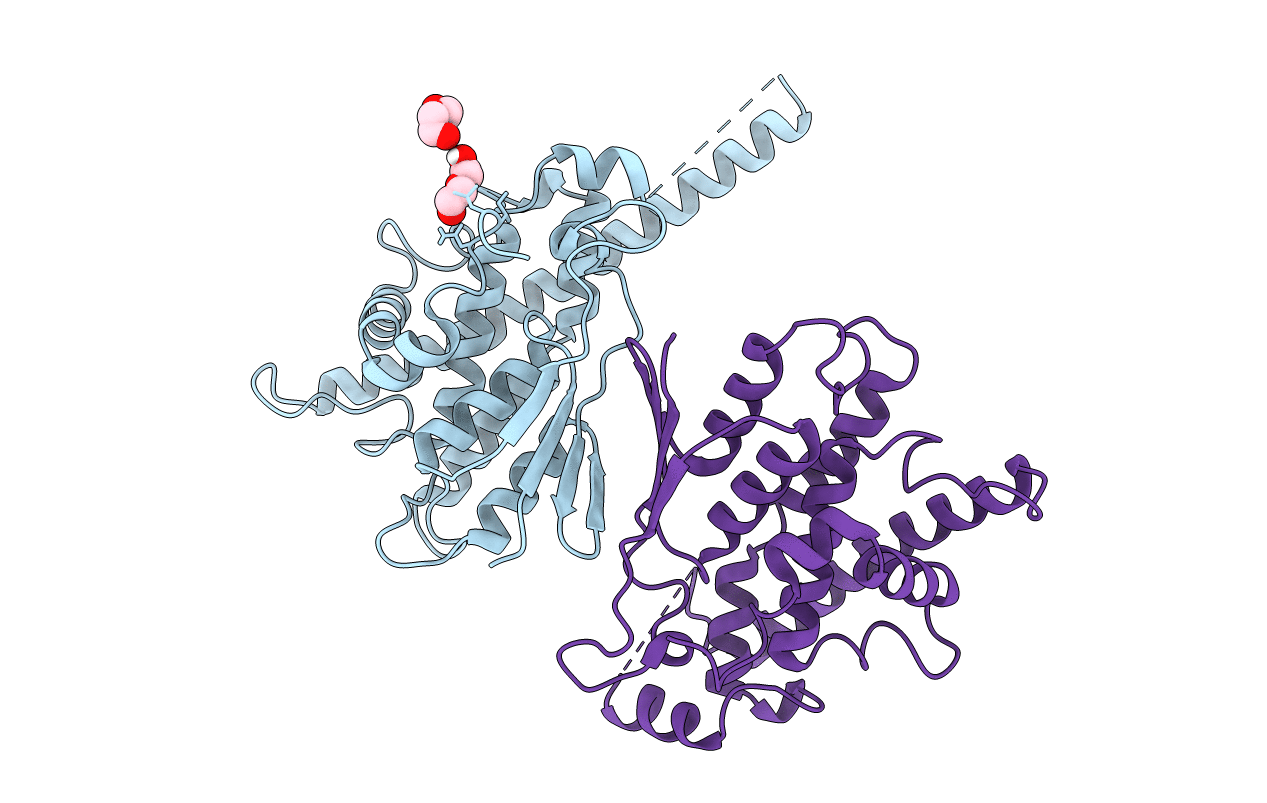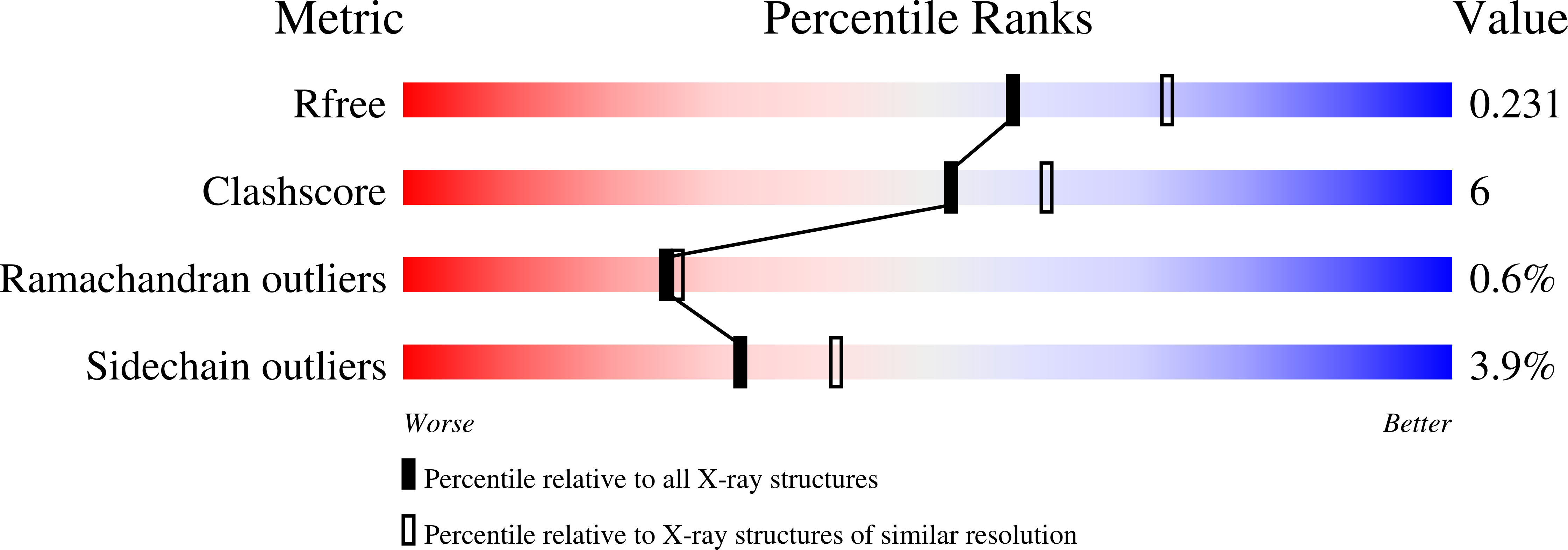
Deposition Date
2021-11-08
Release Date
2022-06-08
Last Version Date
2024-11-06
Entry Detail
PDB ID:
7Q6J
Keywords:
Title:
Crystal structure of the human GDAP1 CMT2 mutant-H123R
Biological Source:
Source Organism:
Homo sapiens (Taxon ID: 9606)
Host Organism:
Method Details:
Experimental Method:
Resolution:
2.20 Å
R-Value Free:
0.23
R-Value Work:
0.21
R-Value Observed:
0.21
Space Group:
P 21 21 21


